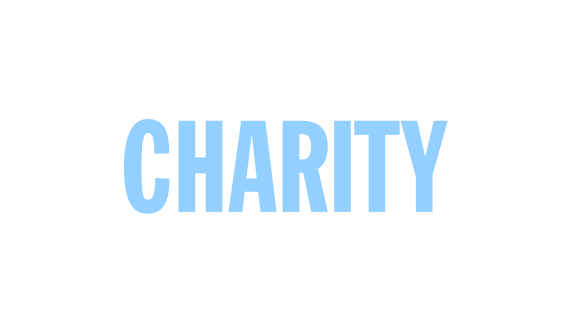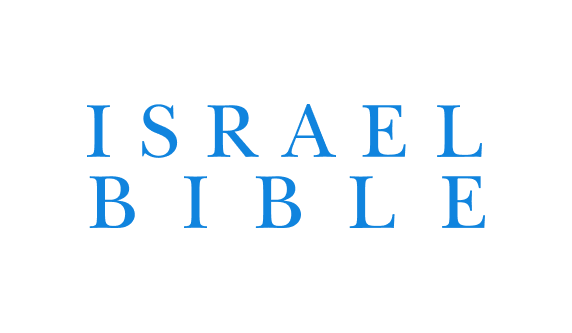In the months before Israel’s Declaration of Independence, war with the surrounding Arab states seemed inevitable, and obtaining funds to equip the Jewish army became critical. Golda Meir travelled to the U.S. to raise money urgently needed to purchase arms and defend the 700,000 Jews in Palestine threatened with imminent attack. Following an emotional speech in Chicago on January 2, 1948, that she remembered as “unscheduled, unrehearsed … and unannounced”, American Jews began to generously open their wallets. By the end of Golda’s fundraising tour, she had raised $50 million, twice the amount she hoped for. American Jews started to identify with the struggle of the Yishuv, and offered donations, large and small, to help defend the Jews of Palestine.
The Gemara (Megilla 29b) teaches that on the Shabbat before Rosh Chodesh Adar we are to read the Torah portion from Shemot about the half-shekel and the related haftara from Melachim II (11:17-12:17). The Navi describes King Yehoash’s fundraising initiative to renovate the first Beit Hamikdash, which after a century since its construction, had fallen into disrepair. Yehoash appears to be a righteous leader, as it says, “all his days, Yehoash did what was pleasing to the Lord, as he was instructed by Yehoyada the Priest” (12:3).
Frustrated with the sad state of the Beit Hamikdash, Yehoash wanted to renovate the Temple and restore it to its original grandeur. “Yehoash said to the Kohanim, ‘All the money brought into the House of the Lord, as sacred donations… let the Kohanim receive it, each from his benefactor, they in turn shall make repairs on the House, wherever damage may be found’ ” (12:4).
Despite the brief snapshot provided by our haftara, other chapters in Sefer Melachim and Divrei Hayamim II fill in details that paint King Yehoash in a very different light. As a baby and potential heir to the throne of Yehuda, Yehoash was targeted by Atalia, a wicked queen who wished to eliminate any political opposition. Yehoyada, the High Priest, saved baby Yehoash by hiding him in the Holy of Holies for six years, until he assumed the throne at age seven, making Yehoash the youngest of all kings.
After Yehoyada Hakohen died, the people claimed that Yehoash should be considered a god and worshipped – after all, anyone who enters the Holy of Holies is meant to die, and Yehoash survived there for six years. Yehoash accepted this argument, and the people abandoned Hashem and began to worship Yehoash. Zecharia the son of Yehoyada, rebuked the people for their idolatry and in a brazen act of ingratitude, Yehoash ordered Zecharia ben Yehoyada to be killed in the Beit Hamikdash.
Why, then, do we seem to overlook the great and many sins of Yehoash on Shabbat Shekalim and selectively read the favorable description about him in our haftara? Perhaps the answer is that despite his shortcomings, Yehoash had successfully galvanized the Jewish people and inspired a national effort to renovate the Beit Hamikdash. He includes many Kohanim in the fundraising effort, rather than relying solely upon wealthy benefactors. This message, that Hashem values contributions from all Jews no matter the amount, is the lesson of the half-shekel as well.
According to Eliyahu Kitov’s “Book of our Heritage” the purpose of the Machatzit Hashekel is to emphasize the importance of widespread, national participation and partnership in funding the Mikdash. “A small mitzvah which Israel fulfills in unity is more beloved to Hashem than a great mitzvah fulfilled only by the wealthy as it says, ‘The rich shall not give more, and the poor shall not give less, than the half shekel, when they give the offering of the Lord’ (Shemot 30:15).”
Yehoash’s effort inspiring the masses to contribute to the Beit Hamikdash was a tremendous Zechut and so, the haftara skims over his other shortcomings. We see this same concept earlier in Sefer Melachim when King Omri, identified as a terrible sinner, was blessed with a dynasty that lasted four generations. Our Sages (Sanhedrin 102b) explain that despite his shortcomings, Omri merited reward for he added the city of Shomron to Eretz Yisrael.
In a similar vein, David Ben Gurion later described the result of Golda Meir’s 1948 fundraising trip: “Someday when history will be written, it will be said that there was a Jewish woman who got the money which made the state possible.” Golda Meir was able to invoke the spirit of the half-shekel to achieve a sense of unity and purpose among Jews around the world at a time when the Jewish people needed it most.
Rabbi Tuly Weisz is the director of Israel365 and editor of “The Israel Bible,” and Rabbi Dr. Ethan Eisen is a psychologist and a new Oleh to Israel, as well as a rebbe in Yeshivat Lev Hatorah. Please send comments to Haftarah@TheIsraelBible.com






